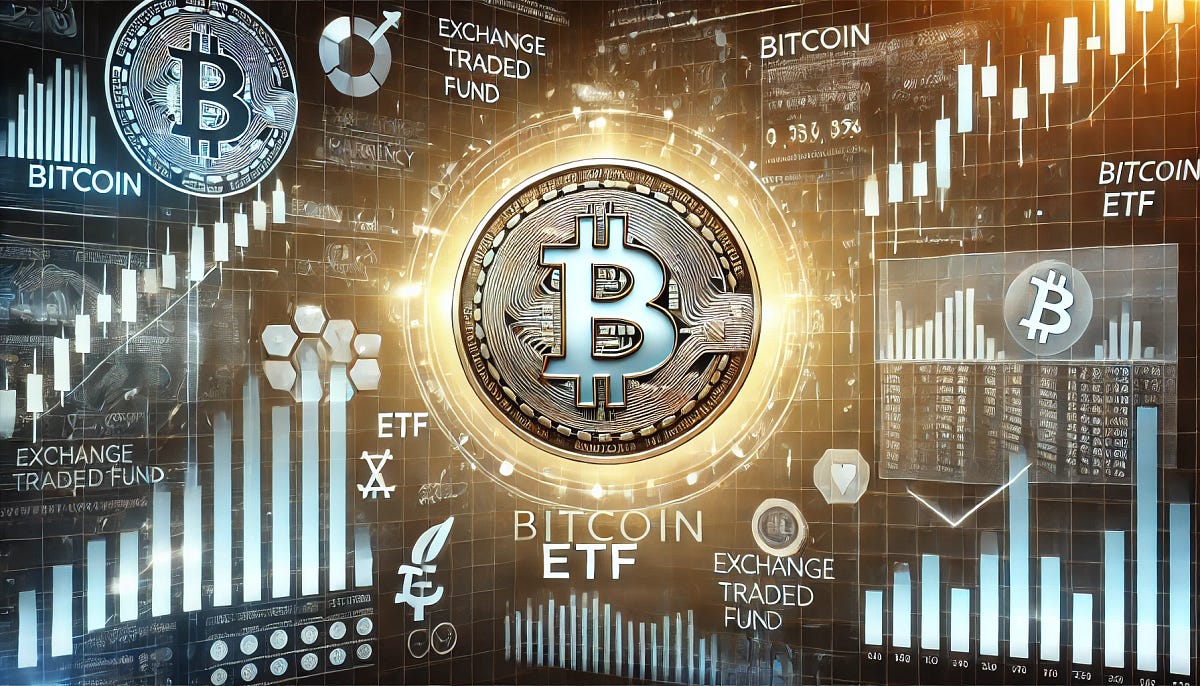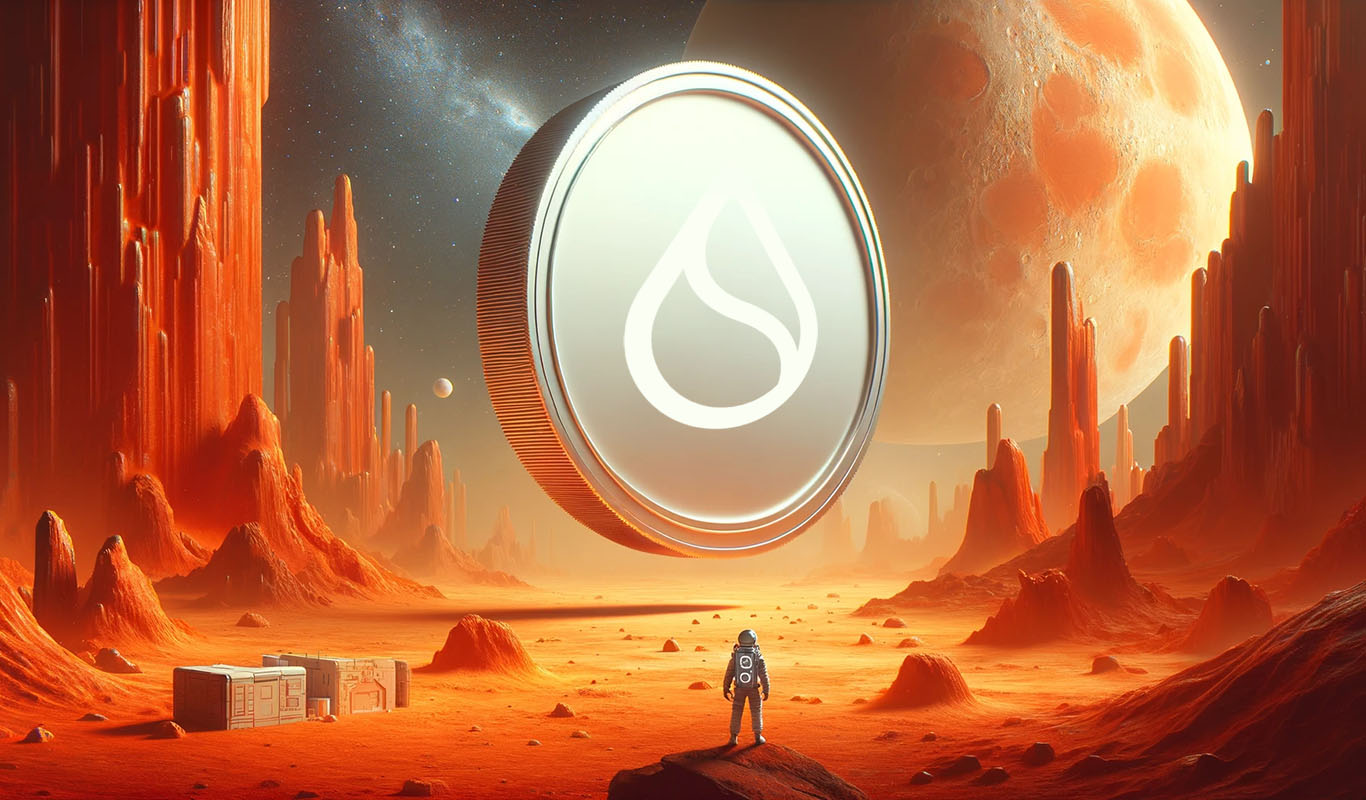The past few years have been very promising for the crypto and blockchain ecosystems. We have seen increased adoption of blockchain technology in a variety of market sectors, and an increasing number of businesses have adopted crypto as a payment option. That said, the world is still in the early stages of blockchain adoption, and the exploration of various ecosystem projects through things like NFTs and DeFi.
Blockchain is one of the fastest growing technologies today, with a number of emerging applications in the worlds of security, trade, and finance. The decentralized finance market specifically has witnessed shifts across the globe towards Web3 technology, NFTs, GameFi, and the metaverse — and that’s only the beginning.
Many industries and start-ups are exploring blockchain technology in supply-chain management, banking, healthcare, banking sector, cyber security, and IoT.
Traditional supply-chain execution is complicated. It’s difficult to detect missing shipments, and there is often insufficient data tracking, which makes it tricky to find and fix errors in the supply chain. Blockchain is a decentralized distributed ledger system that records tamper-proof transactions that can be verified.
In healthcare, blockchain technology can help solve problems related to counterfeit medications corrupt medical data. Blockchain facilitates the tracking of drugs throughout its supply chain from manufacturer to retailer. Moreover, the technology allows the storage of extensive medical data with cryptographically secured data.
Blockchain operates through peer-to-peer (P2P) connection, identifies cyber- threats, and safeguards data. It also helps to verify online transactions without physically going through audits and finances. Since most of these functions are automated through smart contracts, there is very limited scope for errors.
Blockchain has also disrupted the commercial banking system through P2P payment systems like Abra which allows users to store, receive, and transfer money through their PCs, laptops, and mobile phones. It removes the power from a central authority and users have control over their funds and data.
Reports indicate that blockchain has the potential to be involved in 30% of businesses by 2030. This concept is especially prevalent as the field continues to develop Blockchain’s layer-2 solutions, which improve scalability and make transactions even more efficient.
The growth of the DeFi ecosystem and decentralized applications also shows the potential of a layer-3 blockchain protocol, which could resolve ongoing interoperability bottlenecks among different sub-layers. A blockchain layer-3 could leverage cross-chain functionality for different DeFi solutions and dApps.
One of the hottest trends of 2022 is BaaS, or blockchain-as-a-service, which is a third-party cloud-based solution for companies and businesses that manage and operate their applications. BaaS is an outside service provider that will handle all back-end operations and infrastructure for its client in exchange for a fee. Some of the major players using BaaS technology include Amazon, Microsoft, and R3.
Other companies have started implementing Zero-Knowledge Proofs (ZKPs), which are blockchain-based protocols that enhance the immutability and safety of transactions. ZKPs are encryption systems that can prove the authenticity of a transaction or data to the verifying party, without explicitly sharing too much information. The system unlinks specific segments of information and discloses only a small set of information to the verifier.
CBDCs are tokenized digital money that is backed by central banks. Their supply is also regulated by central banks. Unlike cryptocurrencies, CBDCs are regulated by the government and operate on permissioned networks. The main aim is to institutionalize cryptocurrencies, give legal authentication to digital currencies, and minimize volatility.
CBDCs are blockchain-based and work on smart contracts. They simplify the payment system and incorporate financial inclusion, which makes it accessible to remote places and citizens who do not have access to traditional banks and physical cash. CBDCs address issues surrounding portability, security, accessibility, and privacy allowing central banks to have direct control over transactions and taxes.
The metaverse is a decentralized virtual network and social community where people can interact with each other. It also creates a social economy where people can sell and buy products from virtual shops.
NFTs, or non-fungible tokens, are digital currencies that allow the transfer of ownership and originality of virtual assets as well as real-world tangible assets to the designated owner. NFTs are unique because they cannot be replicated, which minimizes the chances of fraud.
NFTs are the lifeblood of the metaverse. In the metaverse, people need a currency to buy and sell products, buy tickets for events, play interactive games, or buy virtual real estate. NFTs have been widely used for buying digital artifacts and transfer of ownership and originality to their rightful owners. NFTs can be used to publicize big brands in the metaverse universe. They also offer interoperability and secure transfer of funds to different wallets across various platforms.
Big brands like Gucci, Nike, Dior, and Dyson are using the metaverse and NFTs to leverage their brands. Nike took over digital arts studio RTFKT in December 2021, and together they launched its latest brand of digital sneakers “CryptoKicks” on the Ethereum network. The most popular and expensive CryptoKicks sneakers were sold at a whopping $180,000 at OpenSea marketplace. In November 2021, McDonalds commemorated its 40th anniversary with a limited collection of ten “McRib” NFTs on its menu.
Brands can organize virtual events or host fund-raising programs to introduce their brands to potential customers, as well as create virtual shops where customers can explore their products. All these products can be monetized through NFTs.
With the rising popularity of cryptocurrencies, many businesses are adopting them as a payment option. Cryptocurrencies facilitate seamless and contactless cross-border payments between merchants and customers. Additionally, crypto payment gateways allow you to receive cryptocurrencies and immediately convert them into your native fiat currency.
Most of these payment gateways are non-custodial, easy to use, and charge nominal fees for payment transfers. All these transactions are verified by the payment gateways, which reduces the possibility of fraud and loss of funds. The funds are directly transferred to the receiver’s wallet address. BitPay is one of the simplest and widely used payment gateways, is multilingual, and has been supported by many reputed businesses like Amazon, Delta, Master Card, etc. Other popular crypto payment gateways include Coinbase, Blockonomics, CoinGate, and GoCoin.
Web3 is the future of the internet. It is a peer-to-peer decentralized network that operates on blockchain and eliminates the borders of centralization or censorship. The internet (Web 2.0) we use today has made a lot of game-changing advancements, but it’s just the start.
The third generation of the internet, Web3 is a significant shift from what we use today. The global Web3 market was worth approximately $3.2 billion in 2021, and is estimated to grow to $81.5 billion by the end of 2030. It has opened up new trajectories for tech companies, and many organizations like Spotify, Twitter, Meta, Tesla, Instagram, and Amazon, have already deployed this technology on several platforms. Web3’s sole purpose is to empower the consumers, who will have sole proprietorship of their data and information.
Blockchain and crypto offer potential development across multiple sectors, many of which are still undiscovered. With the rising popularity of metaverse, NFTs, and Web3 technology, many companies and businesses are already making use of blockchain technology. Such companies include IBM, Oracle, Microsoft, Intel, Walmart, Ripple, AZA Finance, Facebook, Amazon, Siemens, and Nestle. And this list is just the beginning!







